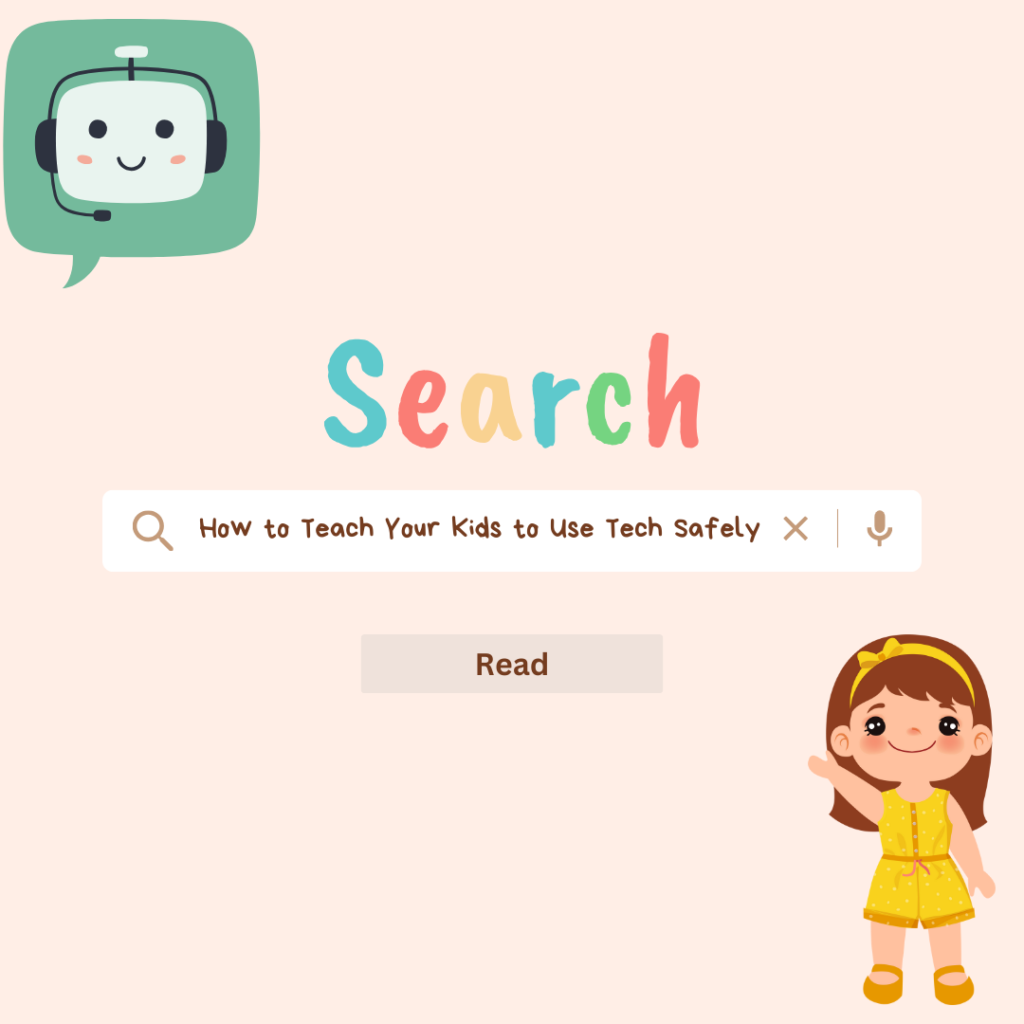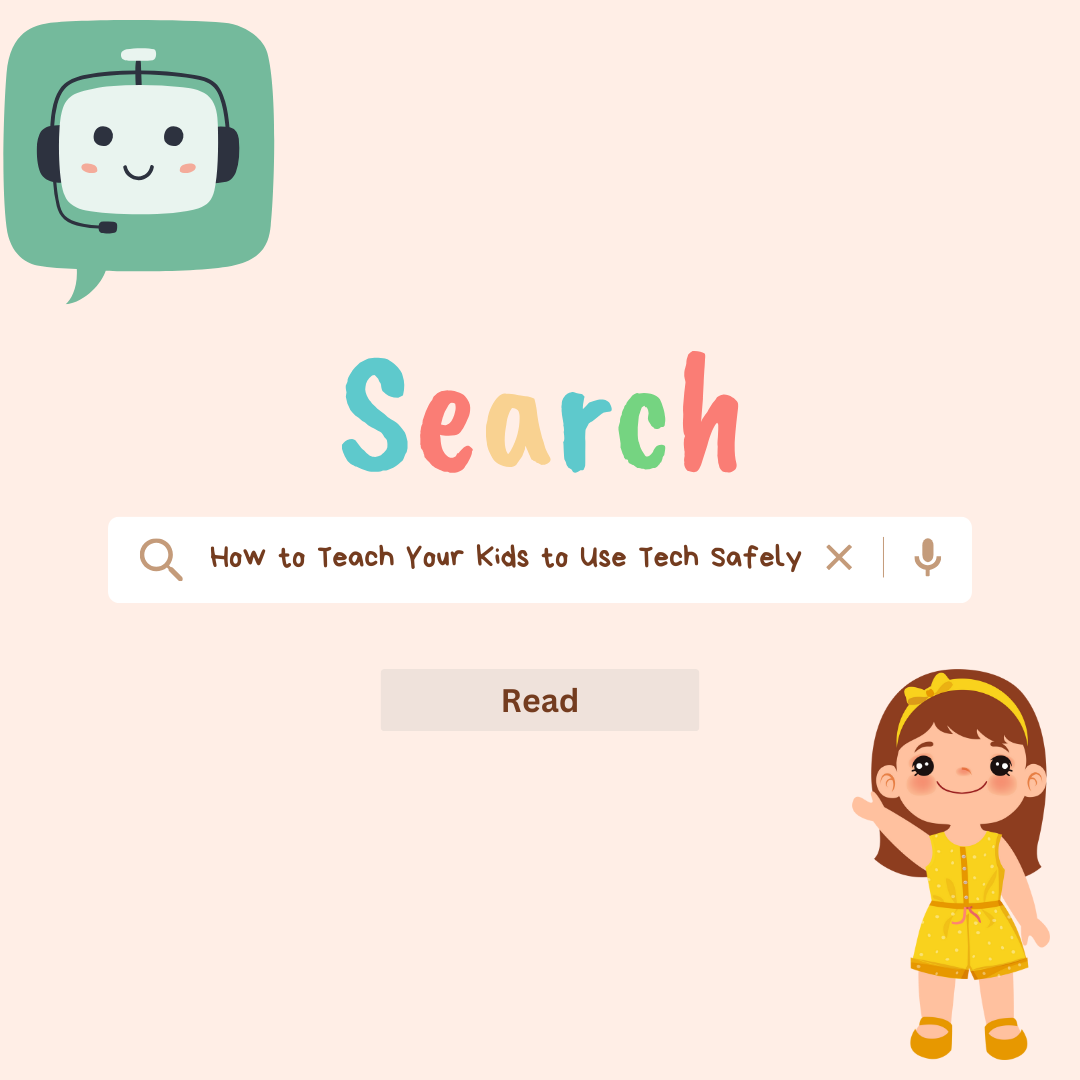
Artificial intelligence technology like Chat GPT and Google’s Gemini exploded into the public realm in recent months. While this technology triggered the use of AI in thousands of other applications, a version already interacted with your children. Conversational AI tools like Google, Alexa and Siri have been used to talk to your children and learn about them from these conversations.
What types of technology are Google Assistant, Alexa and Siri?
These tools are called virtual assistant technology, which is powered by conversation AI. They are not simply programmed with scripted answers to questions. Virtual assistant tech uses machine learning and natural language processing to interact intuitively with users.
The modern conveniences offered by Alexa, Siri, and Google Assistant have resulted in millions of people allowing these tools into their homes, phones, and bedrooms. Before we get too comfortable with AI in our homes, we must ask ourselves, “What type of information is shared with Alexa, Siri, and Google Assistant?”
The information shared with these applications can be broken down into two categories:
- Information directly provided by you.
This information includes anything you say to the assistant during interactions, such as requests, questions, and commands. It can also include information you provide when setting up with an assistant, like your name, location, and contact info.
- Information collected passively
This data is gathered by the assistant in the background as you use it. It can include things like:
- Device Information: the type of device you are using and its operating system
- Location data: your approximate location based on your IP address or GPS (if enabled).
- Search history and browsing activity: collected if web and app activity tracking are enabled.
- Smart home interactions: Using your assistant to control smart home devices like thermostats and cameras may collect data on those interactions.
It’s important to note that the specific information collected by each assistant can vary. In most cases, you have some control over what information is collected and how it’s used. You can usually adjust these settings with your apps or devices to access the assistants.
As a parent, you may be concerned about the information your child is sharing with Google, Alexa and Siri. Here, we will outline some of the most important ones to consider.
Privacy Concerns
Parents have cause to be concerned about protecting their children’s privacy in the digital world. However, many apps, tools, and controls are available to protect children, and the number is growing by the day.
Types of data voice assistants collect from children:
- Voice recordings
- Search History
- Location data
The data collected from your children is used for targeted advertising and product development. The often downside of children using this tech is purchases made without parental permission and the child having unauthorized access to inappropriate content and language.
Another common example of the misuse of conversational AI assistants with kids today involves cheating on their school assignments. Colleges, universities, and high schools worldwide are quickly implementing AI policies to protect the integrity of student work. Talk to your school-aged children about the appropriate use of AI in their schoolwork.
How Can Parents Manage What Information is Shared?
Parental controls ensure your children interact safely with conversational AI tools like Siri, Alexa, and Google Assistant. These devices can recognize up to 10 voices, and you can set controls for each specific voice. In any device controls, you can enter “settings” and find filters for content and explicit language. Some even offer time limits for daily use.
I use Bark Parental Controls to monitor my kids’ interactions with Google, Alexa, and Siri and to protect them on all of their devices. Bark monitors my children’s accounts on social media, gaming, streaming, and messaging platforms and alerts me at the first sign of trouble.
Information that you share with the device is a personal choice. If you enjoy the ease of getting weather updates by simply asking Alexa, then you will have to share your location. In most cases, you can manage the information you share with these devices in the settings or accompanying app.
If your children are using these devices, it is best to have an age-appropriate conversation with them about the device. Help them understand that Alexa, Siri, and Google are not people but search engines with a voice. Give your child specific guidelines for what they can and cannot ask for the device, and insist they inform you of any inappropriate content.
Another beginner step is to first introduce the conversational AI device in a common area of the house before allowing them into the privacy of your child’s bedroom. Interact with the device in a common area to model appropriate interactions and observe your child’s interactions with the tech. Once your child has grown comfortable with the device, the novelty wears off – I was so happy when we finally moved past the stage of constantly asking it to tell a joke! – and then, allowing a conversation AI product in their room would be the next step.
Tips for talking to your child about online privacy and data collection:
- Start with the positives about the internet and explain how it is a powerful tool.
- Create a safe space by explaining that they will encounter things that confuse them and that it is okay for them to ask you about them.
- Don’t blame or shame. Learning through mistakes is a common process.
- Set some simple ground rules, such as not talking to strangers and not giving out personal information.
As we examine AI more closely, we must ask ourselves how this tech interacts with our children. As parental controls have been implemented on social media apps and phone settings, we are starting to see child protective measures becoming available in conversational AI tools.
The convenience provided by these devices should not outweigh protecting our children’s identity and innocence. The best way to ensure your child’s safety is to control what information you share with the device, set parental controls, and model responsible tech interactions. I use the Bark app to help me monitor my three children’s interactions with technology.
I use the Bark app to help me monitor my three children’s interactions with technology.
From their phones, computers, and gaming consoles, there is just too much for me to manage on my own. Using Bark, my kids are protected on each of their devices and can play freely. Plus, I know that Bark will monitor their content, screen time, and interactions and alert me of any trouble.
With these safeguards in place, conversational AI tools can open the world to your child while teaching them how to appropriately interact with technology.

